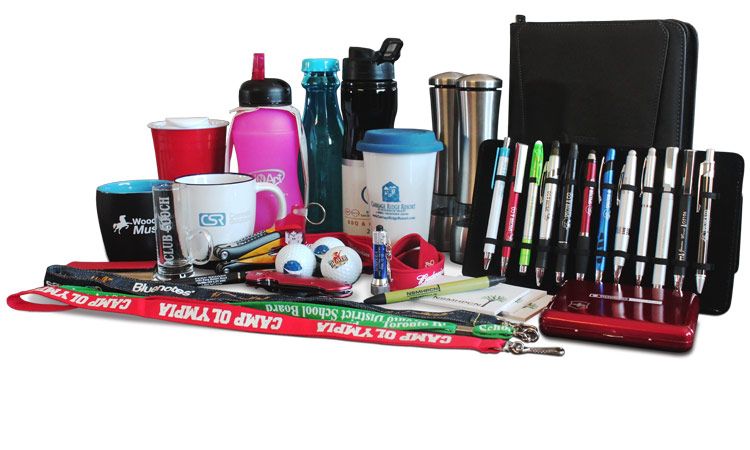The Psychology Behind Promotional Products: How They Influence Consumer Behavior

Introduction:
Promotional products have long been a popular marketing tool used by businesses to engage customers and build brand loyalty. But have you ever wondered why these seemingly simple items have such a powerful impact? The answer lies in the psychology behind promotional products and how they influence consumer behavior. In this blog, we will delve into the fascinating world of psychological factors that make promotional products a valuable tool for businesses.
1. Reciprocity and the Principle of Giving:
Promotional products tap into the innate human desire to reciprocate. When a consumer receives a free promotional item, they feel a sense of obligation to reciprocate by considering the brand positively or engaging with the business in return. This principle of giving triggers a psychological response that can foster goodwill and encourage future interactions.
2. The Power of Tangibility:
Promotional products provide a tangible connection between the consumer and the brand. Unlike digital or fleeting advertisements, physical items create a lasting presence in the consumer's environment. The act of touching and using a promotional product enhances the brand's visibility and creates a sensory experience that solidifies the brand in the consumer's memory.
3. Emotional Connection and Brand Affinity:
Promotional products have the ability to evoke positive emotions and create a sense of connection with the brand. When consumers receive a well-designed, useful, or aesthetically pleasing promotional item, it triggers positive feelings towards the brand. These emotions contribute to brand affinity and can influence future purchasing decisions and brand loyalty.
4. Personalization and Identity:
Customized or personalized promotional products create a sense of identity for the consumer. When a promotional item aligns with the recipient's preferences or values, it becomes an extension of their identity. By associating the brand with their self-image or aspirations, consumers are more likely to develop a deeper connection and exhibit brand loyalty.
5. Cognitive Bias and Brand Recall:
Promotional products leverage cognitive biases, such as the mere exposure effect and priming, to enhance brand recall. The more consumers encounter a brand through promotional products, the more familiar and trustworthy it becomes. When the time comes for a purchasing decision, the brand that has established strong recall is more likely to be top of mind.
6. Social Proof and Influence:
Promotional products can serve as social proof, demonstrating that others have engaged with the brand. When consumers see their peers or influencers using or endorsing a promotional item, it creates a sense of social validation and increases the likelihood of them engaging with the brand. This influence helps shape consumer behavior and can drive word-of-mouth recommendations.
7. Call to Action and Behavioral Triggers:
Strategically designed promotional products can include call-to-action elements that prompt specific behaviors. Whether it's a coupon code, QR code, or invitation to an event, these triggers encourage consumers to take the desired action, such as making a purchase or visiting a website. By combining the power of physicality with actionable elements, promotional products can directly influence consumer behavior.
Conclusion:
Promotional products go beyond their physical form and tap into the psychology of consumer behavior. They trigger reciprocity, create emotional connections, enhance brand identity, leverage cognitive biases, provide social proof, and prompt behavioral responses. Understanding the psychology behind promotional products enables businesses to design effective campaigns that engage consumers, foster brand loyalty, and drive desired actions.
By harnessing the power of promotional products and aligning them with the psychological drivers of consumer behavior, businesses can unlock the potential for increased brand awareness, customer engagement, and ultimately, business success.